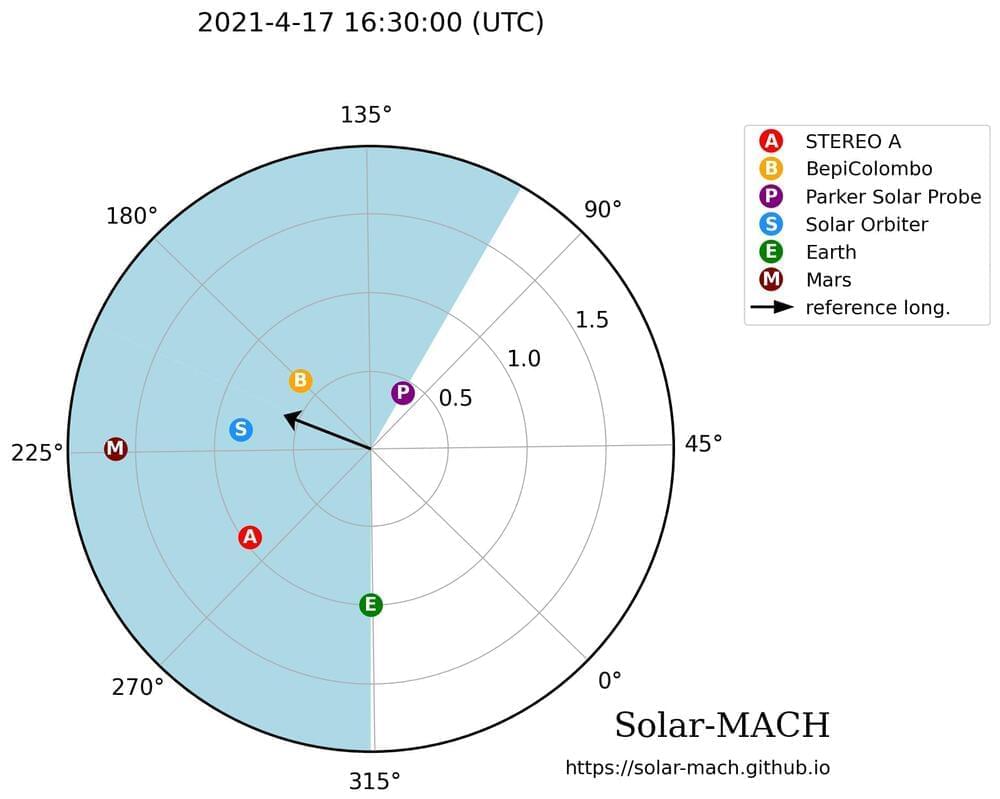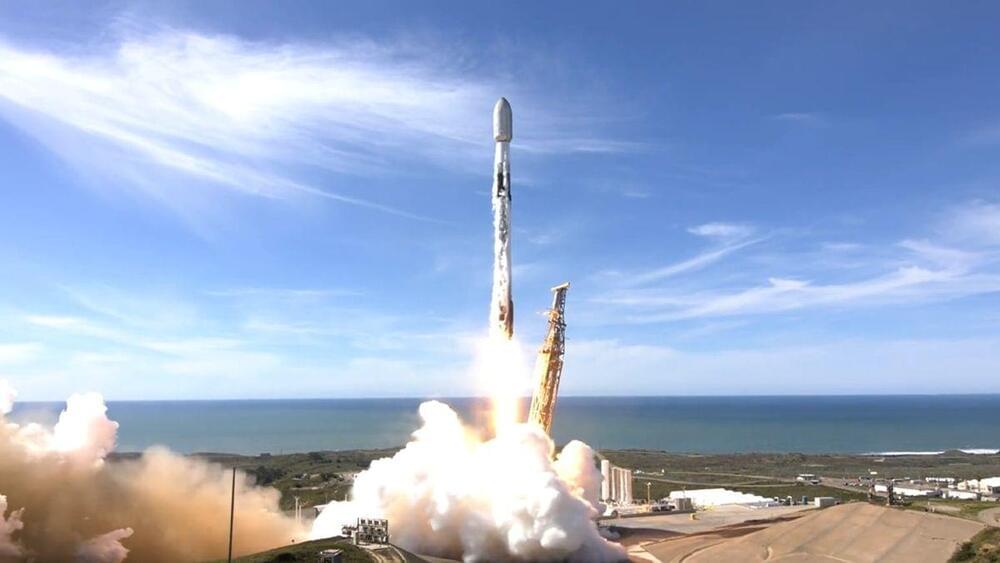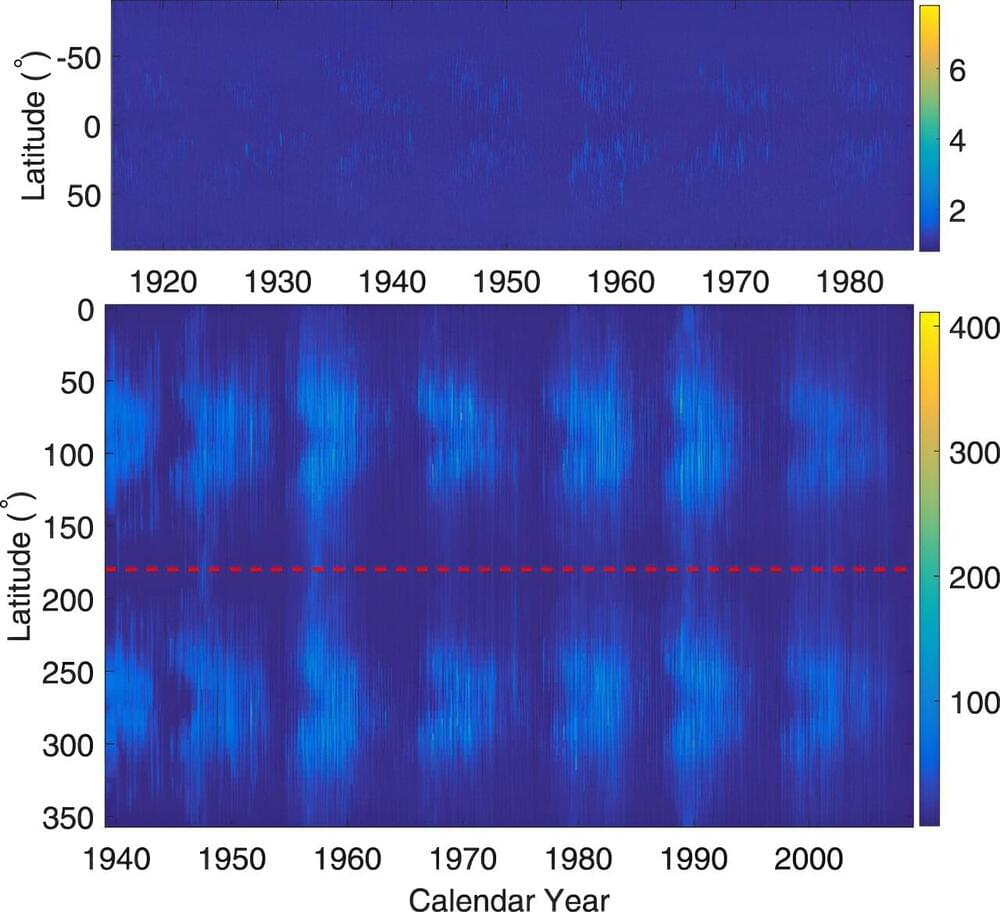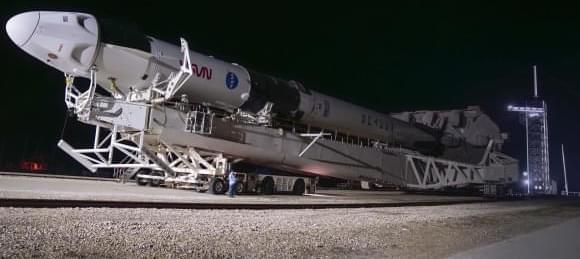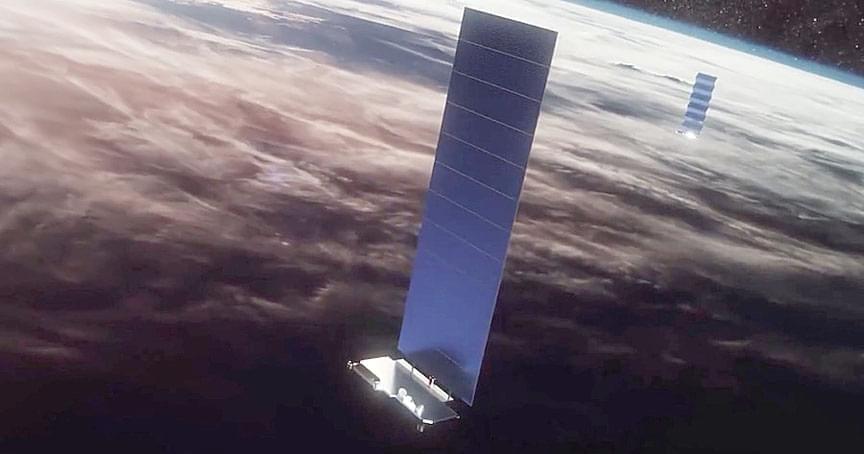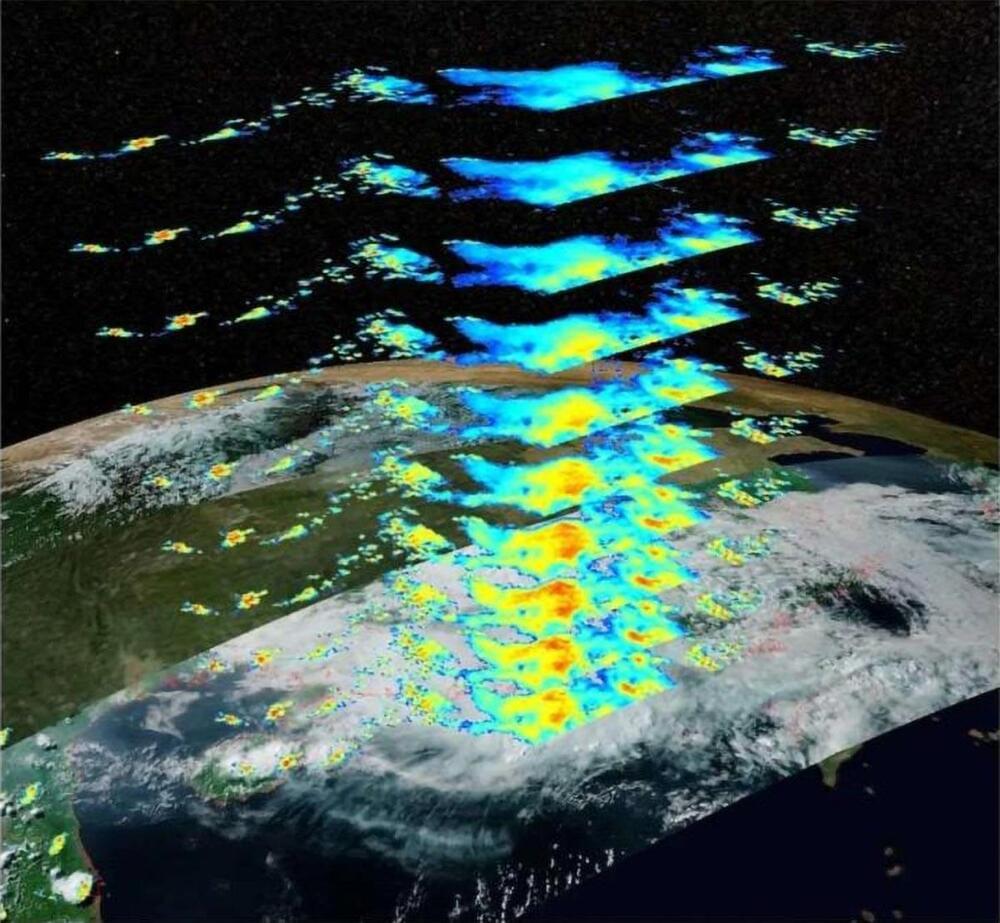SpaceX is closing out the weekend with a pair of planned Falcon 9 launches from Florida and California while also preparing for the undocking of Crew Dragon Endurance from the International Space Station.
The Falcon 9 rocket supporting the Starlink 6–43 mission lifted off from Space Launch Complex 40 (SLC-40) at Cape Canaveral Space Force Station at 7:05 p.m. EDT (2305 UTC). It will add 23 Starlink satellites to the growing low Earth orbit constellation.
A launch weather forecast from the 45th Weather Squadron shows a greater than 95 percent chance of favorable weather at liftoff with no additional risk criteria listed as watch items.

